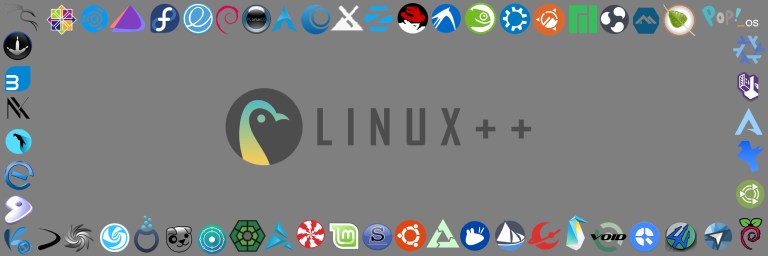
Hello and welcome to the thirteenth edition of Linux++, a weekly dive into the major topics, events, and headlines throughout the Linux world. This issue covers the week starting Monday, April 13, 2020 and ending Sunday, April 19, 2020.
This is not meant to be a deep dive into the different topics, but more like a curated selection of what I find most interesting each week with links provided to delve into the material as much as your heart desires.
If you missed the last report, Issue 12 from April 12, 2020, you can find it here. You can also find all of the issues posted on the official Linux++ Twitter account here or follow the Linux++ publication on the Destination Linux Network’s Front Page Linux platform here.
In addition, there is a Telegram group dedicated to the readers and anyone else interested in discussion about the newest updates in the GNU/Linux world available to join here.
For those that would like to get in contact with me regarding news, interview opportunities, or just to say hello, you can send an email to linuxplusplus@protonmail.com. I would definitely love to chat!
There is a lot to cover so let’s dive right in!
Personal News
If you don’t care what I’ve been up to over the past week, feel free to skip ahead to the Community News section 🙂
A New (Amazing) Device on the Way!
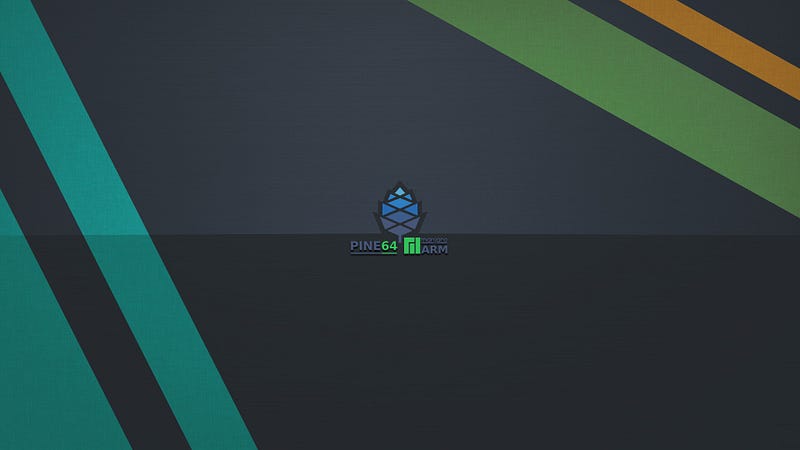
It has become pretty clear that the future of computing lies in the increasingly popular ARM processor architecture. So, after putting off exploration for quite a while, I have decided to make my first ARM purchase. Of course, with this decision, I wanted to support an organization that is heavily ingrained in the Linux and FOSS community and one that I personally have a lot of interest in and respect for.
So, with the announcement from PINE64 and Manjaro last week about the new edition of the PineBook Pro featuring a custom Manjaro ARM build with KDE Plasma, I knew I had found the product for me. Not only do I get to support the absolutely incredible people behind PINE64, but also the amazing developers and community behind Manjaro? Sold.
As I mentioned last week, I have been diving back into the Arch world for the first time in nearly two years. I did both a vanilla Arch install as well as putting Manjaro GNOME on my ThinkPad. I have to say, every time I boot up that ThinkPad, I’m just amazed at how smooth, gorgeous, and just plain fun the experience is. Manjaro has blossomed into one of the top distributions on the planet, of that I have no doubt. The fact that it can actually make me excited to open up and spend hours playing with the computer the way I did when I was a teenager is so awesome and especially rewarding at the current time.
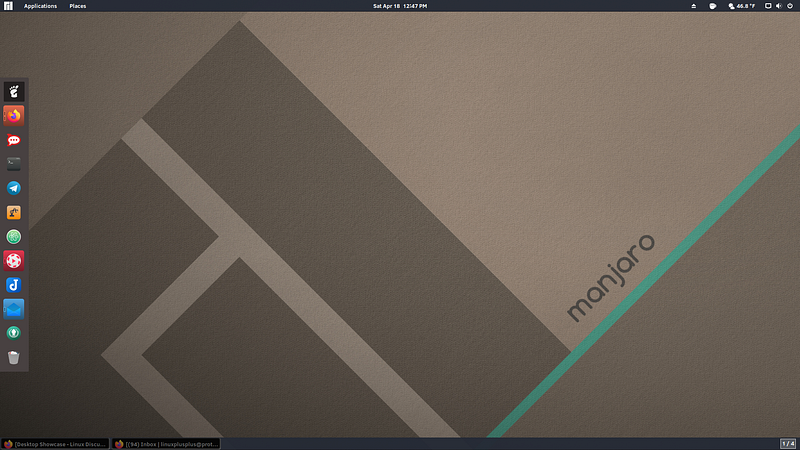
So, I want to give an honest THANK YOU to the incredible team behind Manjaro for all the hard work they’ve done as well as the awesome community they’ve built up over the years. I honestly can’t wait to receive this Manjaro-infused PineBook Pro, as I know that it is going to be something really special and I’ll likely find myself using it constantly.
Community News
PINE64 April 2020 Update
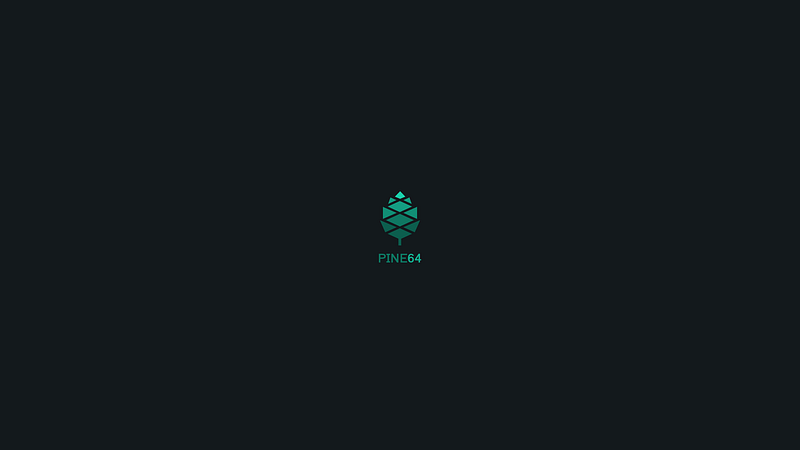
There has been a ton of news surrounding the open source and Linux-focused PINE64 over the past month. Thankfully, the team behind the company have just released their April 2020 Update post that neatly wraps all of the news and updates surrounding the multitude of projects they’re involved in into a single article.
First and foremost, PINE64 is taking some impressive measures to aid in the fight against COVID-19 by donating surgical masks to those in need. The overwhelming response from the community has allowed tens of thousands of masks to be shipped out and find the people on the front lines who need them most. PINE64 also noted that they still have some mask cartons left and would love to send them to any institution that is in need of protection for their staff. Details for contacting PINE64’s community manager and requesting supplies can be found here. I want to personally thank PINE64 for supporting our greater society in this effort. Every company that steps up in this time of great need is invaluable to this difficult fight.
In other news, the release of the very first community edition PinePhone was recently announced in partnership with the UBports Foundation, which ships with the Ubuntu Touch mobile operating system pre-installed. Now, PINE64 has announced that this PinePhone edition includes CE, RED, and FCC certification, which puts it in compliance with all regulatory requirements in the key mobile markets.

In addition, PINE64 and UBports are working hard to finalize the Ubuntu Touch build that will ship on the community edition. Some of the most recent work being done includes implementing the proximity sensor for detecting when you are on a call, a wake-up trigger to indicate an incoming call, notification LED, better Bluetooth integration, improvements to the vibration motor and audio auto-routing, as well as integrating newer Mesa drivers, which should drastically improve the performance of the operating system.
Right now, the development team is heavily focused on improving the battery life (with pretty good success), camera implementation, and OTA updates. These are all areas of the utmost importance for bringing the PinePhone from a testing device to a fully-functioning smart phone, which is just so exciting to hear.
Besides Ubuntu Touch, testing of other Linux-based mobile operating systems has ramped up including KDE neon (Plasma Mobile), Postmarket OS, and Debian with Phosh (a GNOME-like mobile interface), which are all working very well at this time. In addition, a new release has come to the PinePhone via Mobile NixOS. Though the PINE64 team hasn’t had the chance to test it out themselves, the NixOS developers have commented that all NixOS core functionality is working well out-of-the-box.
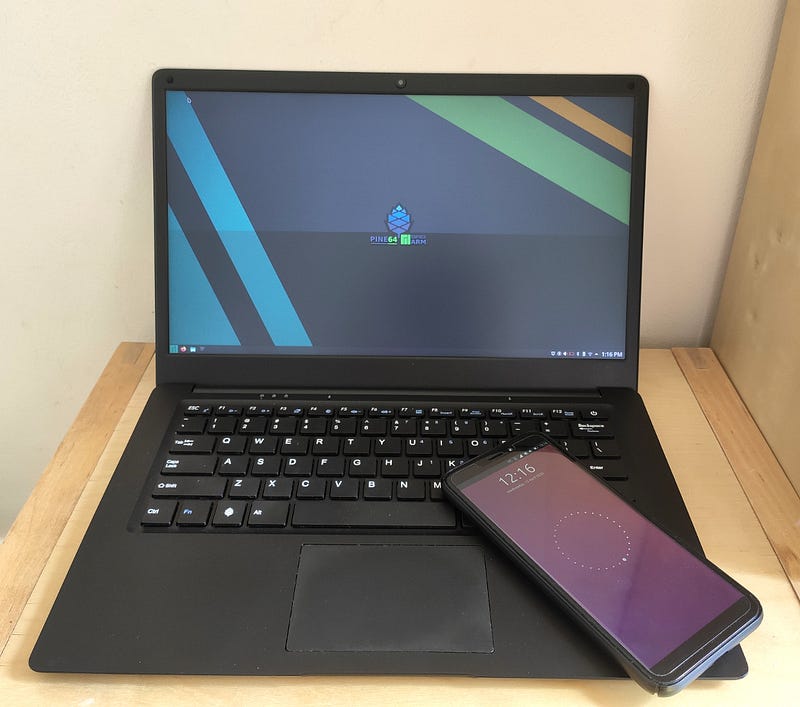
As far as the PineBook Pro is concerned, production of the newest Manjaro edition is currently underway and shipments appear to be heading out around the same time as the new PinePhone. Apparently, the Manjaro team has been doing some quality work (big surprise there, huh?) and have built the most polished and tailored KDE Plasma build for the device yet. Some of the recent areas of improvement by the Manjaro developers include custom background design work, optimized trackpad settings, additional popular applications added, and a well-done configuration for the opacity of the panel and menus.
In addition, it looks like PINE64 is currently working on a custom USB-C dock for the PineBook Pro with the goal of providing the features that everyone needs with better ergonomics than other popular third party docks on the market. Some of the planned specs for the dock include power-in, HDMI out, USB 3.0, and a Gigabit Ethernet connection.
In yet more PINE64 news, the long awaited arrival of the PineTab has unfortunately been delayed due to COVID-19’s impact on the global supply chain. With so much time, energy, and resources going into the PinePhone and PineBook Pro shipment processes, the company doesn’t feel it would be wise to take on more responsibility during this uncertain time. Do not fret, however, PINE64 assures that the tablet is still being worked on and is still planned to become available sometime this year.

Moreover, development work on PINE64’s Linux-powered smart watch, the PineTime, is ramping up to the point that they feel confident enough in the firmware to expect an end-user product later this year or in early 2021. One major milestone reached is BLE notification support, which effectively allows users to sync the watch with Android or Linux smart phones. This is super exciting news and I can’t wait to see the progress that develops with this product over the next few months.
Though PINE64 gains the most attention for the above products — PinePhone, PineBook Pro, PineTab, and PineTime — their most lucrative product actually comes in the form of the ROCKPro64 single board computer, a heavy competitor to the extremely popular Raspberry Pi line of devices. With this update from the PINE64 developers, it appears that Tobias (manawyrm) from the Manjaro team was able to build OpenWRT for the ROCKPro64 and found that it worked well with a PCIe GbE expansion board. This discovery could open the door for PINE64 to increase their product portfolio with devices like routers. I definitely think that this is such an incredible idea and that PINE64 should continue looking to expand their horizons in whatever way possible.
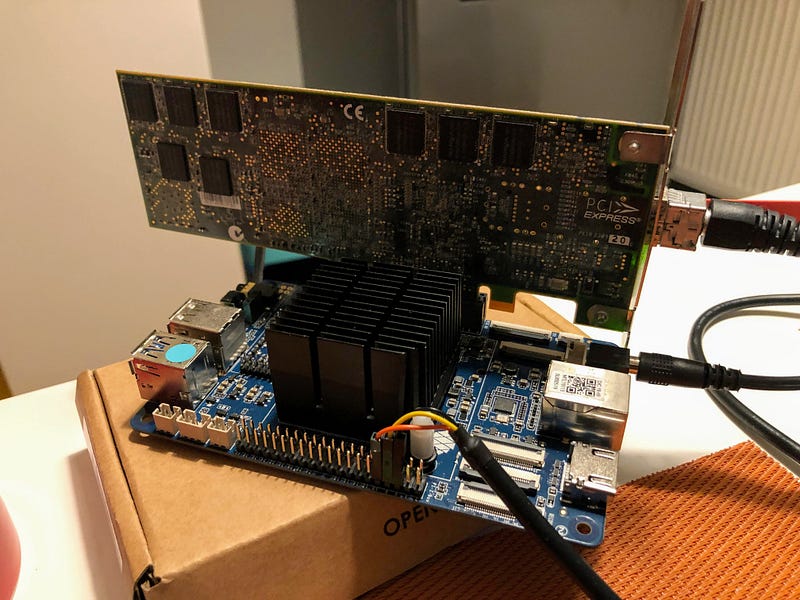
It truly is wonderful to see an open source, community driven, and Linux-first company like PINE64 pushing the boundaries of what people thought was possible with the crossover of Linux and hardware. It seems that with the announcement of each new product heading out the door, they are improving functionality and design significantly. I really have never heard a single person complain about the quality of their products, in fact, quite the opposite is true— most people can’t believe the quality and functionality for the price they paid. I just want to say thank you to the developers of PINE64 and all contributors to their products, you guys are truly an inspiration to the entire Linux world and beyond. Keep up the incredible work!
If you would like to check out the recent April 2020 Update post from PINE64, you can find it here.
Pop!_OS 20.04 Beta Out Now!

As the highly anticipated release of Ubuntu 20.04 LTS “Focal Fossa” draws near, beta testing for distributions that will be updated to the new version are currently underway. One of the most popular Ubuntu-based distributions is that of System76’s Pop!_OS.
When Pop!_OS was first announced, many people wondered why System76 would spend time on a project that used the same desktop as Ubuntu, appearing to just be a reskinned and rebranded version of the most popular distribution. However, over the years, I think most have come to realize the differences between the two, in a large part due to the different design decisions and extra tooling that System76 has implemented into Pop!_OS in attempt to make it even more user friendly as well as catering to the creatives and software developers of the world in an ever evolving technological ecosystem.

Now, with the 20.04 release of the distribution, comes an even more exciting feature that has been covered in great depth by Linux++ and practically every Linux-focused media outlet since its initial announcement: the Pop!_Shell tiling window management extension for the GNOME Shell. If you would like to dig deeper into the Pop!_Shell, check out the article about it in Linux++ (March 8, 2020) here. You can also check out the System76 official YouTube channel, where they have recently uploaded a short video introducing the new tiling features within Pop!_OS:
Along with the addition of the Pop!_Shell, there are a few major changes to the distribution. One of these changes involves the alteration of some important default keyboard shortcuts for the GNOME Shell. These include:
- Lock Screen: Super + L => Super + Escape
- Move to Workspace Up: Super + Up => Super + Ctrl + Up
- Move to Workspace Down: Super + Down => Super + Ctrl + Down
- Close Window: Super + W => Super + Q
- Toggle Maximize: Super + Up => Super + M
In addition, there is a new application switcher and launcher that replaces the old “Super + Tabbing” functionality. To activate the new application switcher/launcher hold “Super + /”. Then, to launch or switch to an application you can hold “Super + /” again and start typing the name of the application you want to switch to or launch.
Moreover, Pop!_OS 20.04 LTS will be shipping with Flatpak support out-of-the-box. It is recommended that you use the Pop!_OS repositories for all of your software, however, if you do require a piece of software outside of the official repositories, Flatpak is the preferred way to go according to the developers. Of course, as with pretty much any Linux distribution, both Snaps and AppImages can also be enabled very easily in case you prefer either packaging system over Flatpak.
If you would like to upgrade your current Pop!_OS system to the 20.04 beta release, you can do so with the following commands that differ depending on which version you are upgrading from:
# Upgrade 18.04 or 19.10 directly to 20.04 #
sudo pop-upgrade release upgrade systemd -f
# To upgrade from 19.04, first upgrade to 19.10 #
sudo pop-upgrade release upgrade systemd
# Then, from 19.10 to 20.04 #
sudo pop-upgrade release upgrade systemd -f
# If you receive issues from the 'pop-upgrade' command, use this #
sudo pop-upgrade daemon
Unfortunately, I just have not had time to test out the beta, though I am very much looking forward to updating my System76 machine when the official release is dropped. Congrats to the hard workers at System76 for continuing to innovate with Pop!_OS and pushing it forward as a truly dynamic and unique distribution.
If you would like to read the Pop!_OS 20.04 beta testing notes, you can find them on System76’s GitHub here. If you would like to download the Pop!_OS beta ISOs you can find the Intel/AMD one here and the NVIDIA one here.
KWinFT: Improving KWin Faster

Earlier this week a new and exciting project was announced by creator Roman Gilg, including a first public release of its major open source offerings, KWinFt and Wrapland. Roman describes these as “drop-in replacements for KDE’s window manager, KWin, and its accompanying KWayland library.” The goal of the project appears to be an effort to speed up the development of the popular window manager without affecting KWin itself, which needs to be relatively stable since so many people depend on it every day.
On the topic of added goals, Roman made some interesting points:
“Over time I refined this goal though and defined additional objectives to supplement the initial vision to ensure its longevity. And that became, in my view now, equally important: to provide a sane, modern, well-organized development process, something KWinFT users won’t notice directly, but hopefully will benefit indirectly by enabling the achievement of the initial goal of rapid pace development while retaining the overall stability of the product.”
Keep in mind, this project is still in very early stages and the primary developer is now focusing on cleaning up the development process including implementing continuous integration, scheduled and automatic build tests, and smart, sane policies to increase developer productivity.
However, there are already some experimental features available in this first release that can be played around with including a rework of KWin’s composition pipeline, implementing the Wayland viewporter extension, and including full support for output rotation and mirroring in a Wayland session.
If this is something that sounds interesting to you, there is only one place that has it available at the moment — the unstable branch of Manjaro. The ability to switch between KWinFT and KWin is already implemented in the distribution and will even take care of dependencies in both directions.
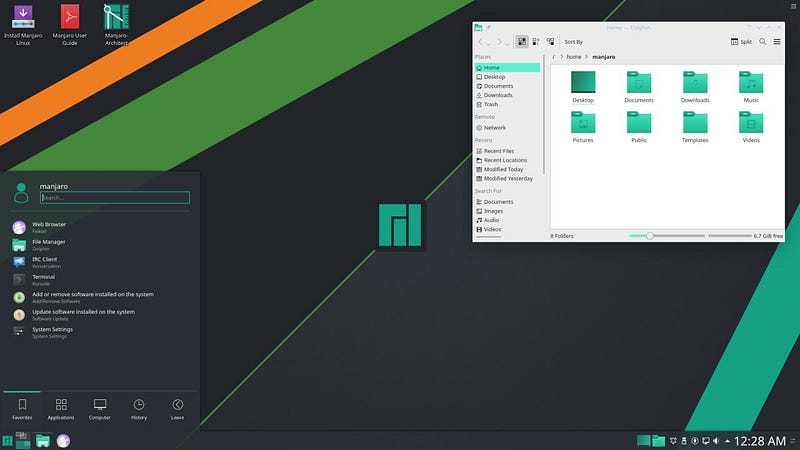
This is definitely an interesting approach and one that I feel could potentially provide incredible gains to the upstream repository in the future. I will be sure to keep an eye on this project going forward and I wish Roman nothing but the best of luck in his quest to improve the graphics stack of KDE.
If you would like to learn more about the future plans of the KWinFT project, you can find a detailed outline of them at the official announcement post by Roman Gilg here.
Deepin 20 Beta Released

Although delayed since January of this year due to the uncertainty surrounding the current global pandemic, I’m happy to announce that Wuhan Deepin Technology Co., LTD has just released their beta build of the newest iteration of their Deepin distribution earlier this week, dubbed Deepin 20.
This release comes fast on the heels of the surprising announcement and unveiling of the UbuntuDDE Remix Beta ISO, an exciting project that integrates the Deepin Desktop Environment with the massively popular Ubuntu base. It sure is an exciting time for Deepin users everywhere.

Deepin is a Debian-based distribution that attempts to make Linux computing beautiful and enjoyable. Version 20 comes with a laundry list of changes, improvements, and updates that are sure to make your computer feel even more intuitive than it did before.
The first major change is that of the base system. While the previous version of Deepin (5.11) was based on Debian 9 “Stretch”, Deepin 20 has been updated to utilize the much newer Debian 10 “Buster” with Linux kernel version 5.3. Consequently, this update will include a much wider range of support for newer hardware. Since the beta release notes are short and sweet, I’ll let the Deepin developers give their thoughts on the new release as well as changes to the Deepin Desktop Environment (DDE):
“DDE introduces a new fashion graphical interface, with rounded window corners, natural and smooth animation effects, exquisite multi-tasking view, and ingenious colorful icons, all of which ensure an exciting user experience.
A large number of wonderful native applications are pre-installed, including several new apps. The optimized design and interaction logic make them more friendly, full-featured, and consistent.
The built-in kernel is upgraded to the latest 5.3 version, greatly improving system stability and compatibility, and supporting more hardware devices.
The software repository is based on Debian 10 now, which enhances system stability and security, fixes security vulnerabilities, and has better compatibility with third-party applications.”

This project is still in beta and will likely remian so for a little while until testing has been thoroughly completed. If Deepin interests you at all, testing the beta is highly encouraged to help the developers patch up any issues and create the best possible experience for the official release.
If you would like to read the official Deepin 20 beta release notes and download the ISO, you can find everything here.
In addition, if you would like to check out a great video review by Tyler’s Tech on YouTube, you can find it linked below:
Fedora Moves to GitLab
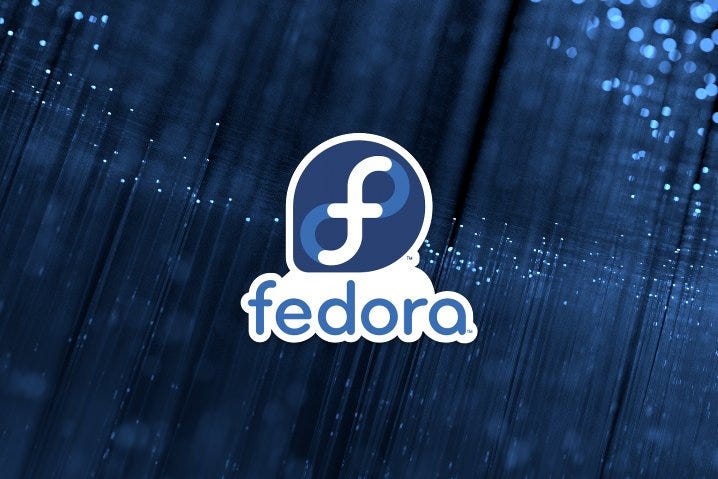
In the not-so-distant past, there was no other online git hosting service that even compared to that of GitHub. It absolutely dominated the marketplace for both closed source and open source projects, and, quite honestly, still does to this day. However, GitHub has been experiencing increased competition as of late from the open sourced competitor, GitLab.
Last year, GitHub was acquired by Microsoft, a long-time enemy of open source technology and especially anything related to GNU/Linux. Though many professionals in the tech industry have openly commented that Microsoft have changed their ways and actually want to increase their work on and foster open source technologies, it is hard to trust a company with their atrocious track record, especially when their flagship technologies like Windows 10 have shady-at-best practices, such as massive telemetry built into the operating system that cannot be turned off, even when changing the settings that are supposed to.

In response, there have been a growing number of FOSS communities and projects that have transitioned their infrastructure over to GitLab, especially since it has massively improved its functionality and design. This includes major FOSS projects like the the GNOME Project, KDE, PINE64, Manjaro, Purism, GIMP, Inkscape, postmarketOS, and many more.
This week it was announced that another major FOSS project will be moving over to GitLab —The Fedora Project. Fedora is an extremely popular desktop Linux distribution, especially among those who have been in the Red Hat ecosystem for quite some time. Fedora is a community developed distribution with major sponsorship from Red Hat, even so far as to include many packages that will eventually make their way into their flagship Red Hat Enterprise Linux.
The decision to switch has been debated heavily within the Fedora community and was announced by the Fedora Council in a blog post last Wednesday. In the post, Matthew Miller, a Fedora Council member, had a few words to say about the conversation that ultimately led to the GitLab decision:
“Many of you have expressed a strong desire for Fedora to be built with free software at all layers of the infrastructure. The Council shares that desire, but we recognize that there are cases where viable free software options are not available. In this particular case, we believe that we do have those options. And we recognize that many of our community members feel that our dist-git tooling goes to the heart of Fedora’s work as a project, making it particularly important symbolically.
[…] I have spoken to the CPE [Community Platform Engineering] team management and they understand our position. To be clear, no decision has been made as to what version of GitLab will be used. But regardless of the general CPE decision, we are looking at the possibility of using GitLab CE for our dist-git specifically. For a general purpose git forge, we may use another version.
[…] As we said in our recently-adopted vision statement, The Fedora Project envisions a world where everyone benefits from free and open source software built by inclusive. welcoming, and open-minded communities.”
So, it looks like the trend for FOSS projects to move their git infrastructure to GitLab will not be slowing down any time soon. Personally, I think this is a great move by the Fedora Council and shows their dedication to making Fedora as open and transparent as it possibly can be.
As the battle between GitLab and GitHub continues on, only time will tell which platform will dominate the market space. If you would like to read the official Fedora blog post from Matthew, you can find it here.
The GNOME Shell’s Future
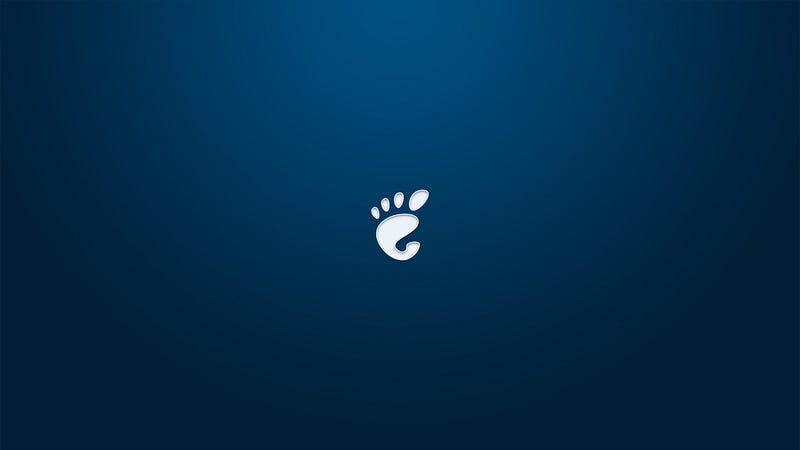
Though controversial when it first arrived on the scene, the GNOME Shell has made drastic improvements over the nearly 10 years it has been around. The success that the GNOME team received with their latest 3.36 release was resounding, however, they know that there are constantly areas that could use improvement.
In a post this week on the GNOME Shell & Mutter Blog, Allan Day, a user experience designer at Red Hat and a contributor to GNOME’s UX design and marketing, released a laundry list of features and functionality that the GNOME Shell team are looking to improve upon with the next iterations of the project.
Allan admits that many of the improvements are pointed towards the overview menu, which is one of the most essential components to the GNOME experience as a whole. The first area that the GNOME team is looking at is the layout of the application grid, which uses alphabetical organization for finding applications by name. However, the team would like to present the apps that are more important or most likely to be used, which is what the “Frequent” tab was meant to do, though they feel it hasn’t fit well enough into the overall experience.

To fix this, the team is looking for a way to make the application space more useful and easier to find a particular app that needs to be launched. In addition, they would like to make the application overview more customizable so that it can feel like it belongs to the user.
Additionally, the organization of the overview window is also being looked at under a microscope. The current implementation presents the dash on the far left going vertical up the screen, the center provides an overview of all active application windows on the current workspace, and the right provides a view of all the workspaces in use, again vertical against the screen edge. The GNOME team feels that the overview is working well enough functionally, however, there is also an opportunity to arrange the different elements in a way that could show how the different elements relate to one another more intuitively.
Another area that the GNOME team is interested in investigating is the boot and empty states of the Shell. When GNOME is first booted, the user is presented with an empty screen. If the Activities Overview is launched, the user is still greeted by a lot of blank real estate in the middle of their screen.

In addition, Allan also commented that the GNOME team has been aware of these issues with the current design, but have only experimented with a few different solutions, which never ended up seeing the light of day. Expect this to be a focus of the next 3.38 release of the GNOME Shell and beyond.
There are two main ways that the GNOME team is planning on making their work more impactful over the next releases — via research and design as well as testing and iteration. GNOME is ramping up studies on user research in order to ensure there is a constant connection between the developers and their users. This will also allow them to test the different design decisions and alter them in any way they need to before pushing them out to the public.
In addition, testing and iteration will be key to the continued success of the GNOME Shell. To improve current testing, the GNOME team has decided to start pushing UI changes incrementally, keeping an emphasis on maintaining a quality product that can be released. The main benefit is that the team will be able to pace their work more appropriately as well as put more effort into testing and refinement throughout the entire process, instead of at the end of the release cycle only. Moreover, the GNOME team is planning on making development builds available at earlier stages in the process, in order to increase the amount of time that can be spent on testing.
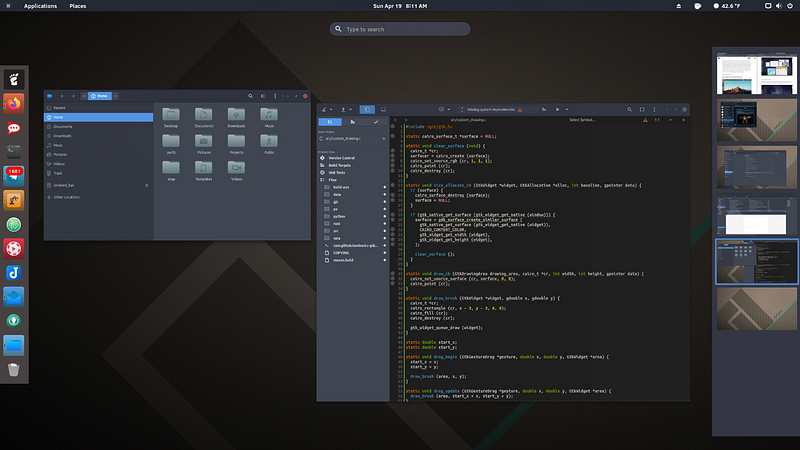
Though these design improvements are still in an experimental stage, there are a variety of designs that the GNOME team is currently considering. However, they have not decided on a single design proposal at the time of this writing due to the fact that they want to put the designs through more rounds of user testing before implementing any drastic changes.
I want to say good luck to the GNOME team on their continued research and testing of new UX designs for the Shell. Certainly, the last 3.36 release was one for the books, so it is nice to see the team continue to look toward innovation in their design and implementation. Keep up the great work!
If you would like to read more about Allan Day’s article on the GNOME Shell’s UX plans, you can find it here. If you would like to follow along with GNOME Shell development, you can find their official blog here.
Umix OS (Ubuntu Unity Remix) 20.04 Released

If you were a fan of the Unity 7 desktop and were disappointed when Canonical discontinued it, Umix OS might just be exactly what you’re looking for. Umix OS, an unofficial Ubuntu flavor that utilizes the old Unity 7 desktop by default, is developed and maintained by community member, Tony George, who attempts to keep the experience as smooth as possible via the old Unity packages that still reside in the Ubuntu repositories. Since this release is based on Ubuntu 20.04 “Focal Fossa”, it comes with an upgrade to Linux kernel version 5.4 LTS.
Of course, there always is the option to install Unity on top of the normal Ubuntu installation, however, as we move further and further away from Unity, these packages will begin to have increasing problems since they are no longer officially maintained by the desktop team at Canonical. In response, Umix OS has begun making some changes to the default experience to make it more functional as well as reduce the problems from old Unity packages.
For instance, in the new release, Caja (MATE’s default file manager) has replaced Nautilus (GNOME’s default file manager) due to the fact that Nautilus continues losing features that Caja has kept and even expanded upon. In fact, Umix 20.04 has many of the most popular Caja extensions installed by default to make it even more usable.
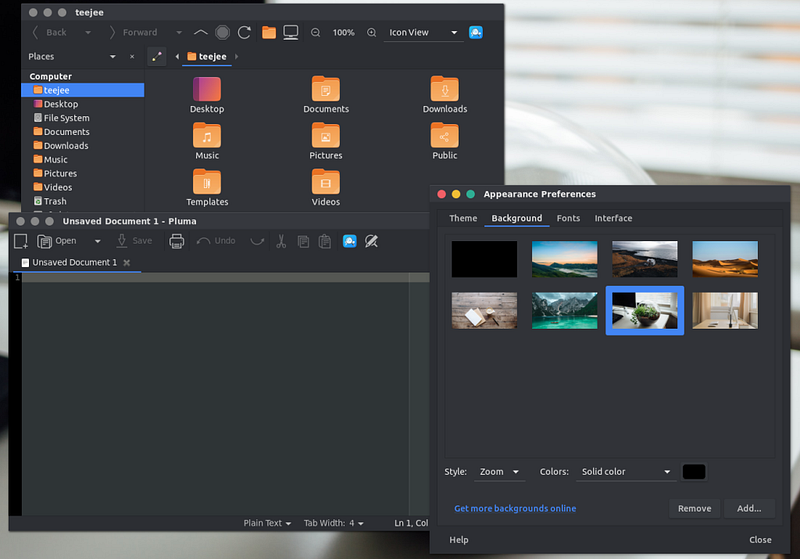
In addition, the Unity Appearance application has been changed out for MATE’s Appearance application due to the fact that Unity’s has been broken for quite some time and MATE’s brings a lot more functionality to the table.
Moreover, the Umix Welcome application has been redesigned with a sidebar for easier navigation between pages. Additionally, the ability to easily install popular software packages from inside the application has been added. Other changes include the implementation of a drop down terminal (F1 shortcut) that consistantly runs in the background, a change in the default prompt for bash, zsh, and fish shells, a new “Debug Mode” in the boot menu for troubleshooting issues with the boot sequence, the addition of SMPlayer by default along with VLC, and vastly improved VirtualBox support.

Since there is quite a bit of work that Tony puts into maintaining the packages and putting the distribution together, Umix OS runs on a one-time $15 payment. Every April and October a new ISO image is sent out to subscribers for download.
Being a pretty hardcore Unity fan, I have quite a bit of experience with Umix OS. I used it on my main machine when Ubuntu 18.04 came out while I was distro-hopping to find the next distribution and desktop environment that I would call home. I haven’t tried out the new ISO yet, but if it is anything like the previous one from Tony, it will be very high quality and you will not be dissapointed if you strive for a great Unity experience out-of-the-box. However, do note that there is only a 64-bit ISO available for Umix OS.
Congrats to Tony on the new release, I’m anxious to give it a shot here when I find some time, though I have finally left Unity in the rear-view for good. I wish him nothing but the best of luck in keeping Umix alive!
If you would like to learn more about what has been changed with Umix OS 20.04, you can find Tony’s release notes here. If you are interested in purchasing a one-time subscription to Umix OS, you can do that here.
openSUSE Tumbleweed Now Available on AWS Marketplace

This is quite an intriguing new development in the openSUSE world. Sure, it is true that the stable release version, openSUSE Leap, has been available on the Amazon Web Services (AWS) Marketplace for quite some time, but a rolling release distribution for cloud servers? Interesting.
openSUSE Developer, Alessandro de Oliveira, has this to say about Tumbleweed:
“It is intended for users, developers, administrators, and any professional who wants openSUSE resources on the server. It’s great for beginners, experienced users, and ultra geeks, in short, it’s perfect for everyone.”
However, even though openSUSE Tumbleweed has definitely grown in popularity over the years, the fact that it is a rolling release distribution that receives the latest updates more frequently than a stable release distribution would normally make people think it would not be a good choice for server usage.
Typically, when someone is looking at a Linux distribution for running servers, they want as little to change about the operating system as possible so that they can log in and expect the same functionality every time. It is for this reason that stable release distributions like Ubuntu, Debian, Red Hat Enterprise Linux, CentOS, and SUSE Linux Enterprise have dominated the server market, especially in the cloud space. Usually, the only updates that these distributions receive over long periods of times are critical security patches.
So, have we been approaching server usage on the cloud wrong all along? Is it better to keep software as up-to-date as possible in these critical environments? Apparently, openSUSE seems to believe that this is a worthwhile endeavor.
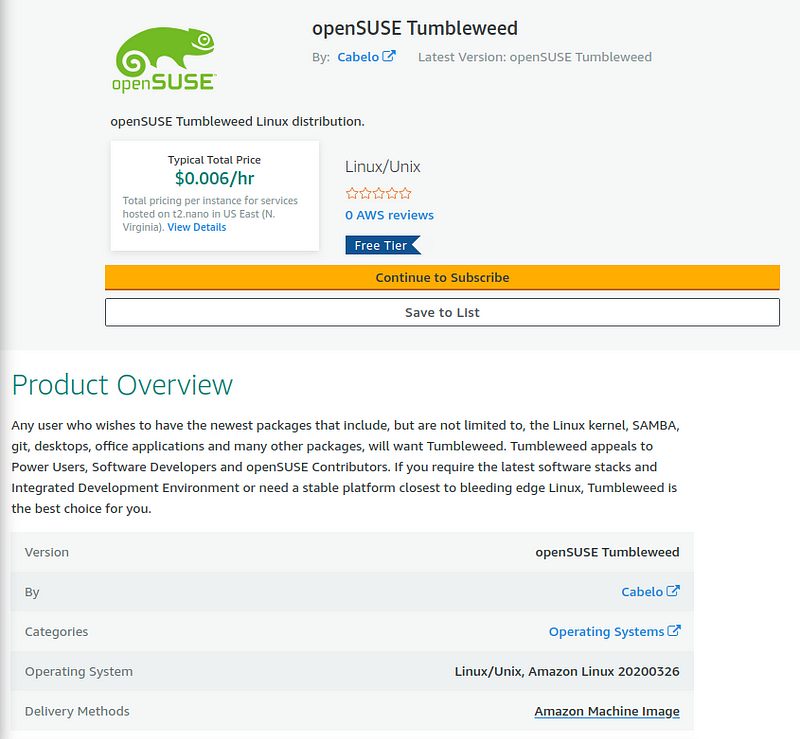
I’m not quite sold on the idea of using rolling releases on server infrastructure, but who knows? Weirder developments have certainly taken place. Perhaps, we will begin seeing rolling release distributions like Arch Linux become kings of the server space. However, there is still a lot that remains to be seen before we can go down that road.
It is definitely an interesting concept and I look forward to seeing how well a rolling release distribution like openSUSE Tumbleweed fares in the server space moving forward.
If you would like to check out openSUSE Tumbleweed on the AWS Marketplace, you can find a link to it here.
KDE’s Akademy 2020 Goes Online

Following in the wake of other conferences all over the world, KDE announced this week that they are making the push to convert their annual Akademy conference to an online format. Even though the conference isn’t scheduled to take place until September, KDE has made the smart move in this position by being prepared to keep the safety of all attendees at the absolute highest level of importance.
At Akademy, the hundreds of expected participants will “showcase, discuss, and plan the future of the Community and its technology.” The current schedule for Akademy 2020 begins with virtual training sessions on Friday, September 4th, which will be followed by a number of presentations held on September 5th and 6th.

The next five days of the conference will consist of workshops and Birds of a Feather (BoFs). BoF sessions are gatherings of like-minded people who wish to discuss a particular topic without any kind of structure or agenda behind it. This is an incredible way to meet and engage with members of the community and can have great effect on certain directions of the KDE Community.
Though obviously there is something lost without physical engagement, I think it is great that all of the major conferences are taking this seriously and trying to make the virtual environment as comfortable as possible to get the absolute best out of both the participants and the KDE developers, together.
Community Voice: Bryan Poerwoatmodjo

This week Linux++ is very excited to welcome Bryan Poerwoatmodjo, Founder, Project Leader, and Community Manager of Endeavour OS. When Antergos announced that it was shutting down the project in mid-2019, Bryan was one of the first people to attempt keeping the passionate community intact by moving the forums to a new place, which eventually led to the creation of the team that built Endeavour OS.
Endeavour OS, like Antergos, is an Arch-based distribution that heavily focuses on community engagement. In addition to simplifying the Arch Linux installation process significantly, the team and surrounding community use Endeavour OS as a platform to teach people how to use an Arch-like system and take back control of their computer. Endeavour OS tries to keep the system as close to pure Arch as possible, while still making it approachable by all levels of users via heavily integrated community interaction. So, without further ado, I’m happy to present my interview with Bryan:
How would you describe Linux to someone who is unfamiliar with it, but interested?
“I would describe it as a great way to re-discover the real power your machine is housing and a wonderful learning experience in how to take control of your digital life, thanks to a wonderful and welcoming community.
Personally, I think that every parent should at least use Linux for a while next to their existing system. They don’t have to turn into power users, but just to use it to give them a better understanding of the possibilities, good and bad, of what their children and themselves are exposed to. Linux is great for that purpose.”
What got you hooked on the Linux operating system and why do you continue to use it?
“The first thing that caught my attention was the wonderful community, like everyone else. I distro-hopped like a bunny in spring in the beginning. Every single distro I’ve used in the past had a wonderful and helpful community.
In a later stage, it was the amount of control Linux brings to you as a user. It made me more aware of what a computer is doing for you while consuming and using data.”
What do you like to use Linux for? (Gaming, Development, Casual Use, Tinkering/Testing, etc.)
“This is a very short and simple answer — for everything. I haven’t needed Mac or Windows to fall back on for years. Just a little side note, I don’t game, in case someone’s wondering about that.”
Do you prefer a particular desktop environment(s) or tiling window manager for your workflow and why?
“My go-to desktop environment is GNOME. Before I used Linux, I was an avid Mac user (Yes, I was one of those obnoxious Apple evangelists, you know, the one you want to slap in the face after five minutes talking about Mac).
GNOME has the same intuitive feel macOS has and for me it feels natural after being in the Mac environment for 15 years.”
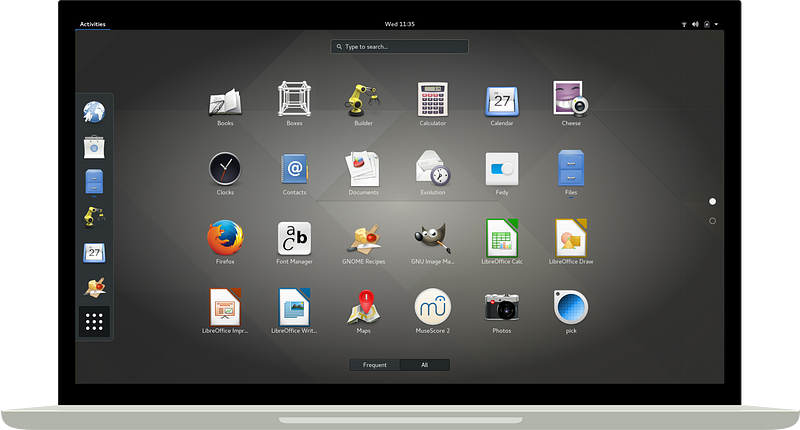
What is your absolute favorite aspect about being part of the Linux and open source community?
“In general, the community has a very open and welcoming attitude toward each other. Of course, there are differences, but when it comes to the core of things, this community is there for each other and that amazes me every day.
We’re talking about a worldwide community and yet, it has a bond that feels like a village. I honestly can’t think of another community on that scale with the same feel.”
What is one FOSS project that you would like to bring to the attention of the community?
“It’s not a particular project, but I am following the ARM development in FOSS with great interest. I am convinced that this is the way forward for FOSS and technology in general.

I mean, the predicted death of the laptop hasn’t happened in the last ten years and I don’t think it is going to happen in the next ten years either. People and businesses tend to have a preference for laptops/notebooks and I do believe ARM chips will get more powerful and energy efficient at the same time. So, I’m convinced that, besides mobile devices, more laptops are going to ship them in the future.”
Do you think that the Linux ecosystem is too fragmented? Is fragmentation a good or bad thing in your view?
“Yes, it is too fragmented and I admit this sounds odd coming from a distro developer. But, I also think it is irreversible — people have this urge to belong somewhere and this is how fragmentation in the Linux world started in the first place.
What makes Linux unique is the community feeling. I admit that this fragmentation looks weird for an outsider, but every distro has its own feel and caters to a specific group of people. This behavior is natural.
I compare it with the fashion or car industry. Everyone in the world wears clothes and a large percentage of people drive a car. What separates them is the brand, or, so to say, the community they want to belong to.”
What do you think the future of Linux holds?
“In the short-term, there will be more collaboration between closed source and FOSS developers. In the long-term, ARM architecture will have reached maturity.”
How did your adventure into developing for Linux come about?
“I was kind of forced, in a way. Before Endeavour OS, I had zero knowledge of coding and I still don’t know everything. This goes for the entire team, except Fernando Omiechuk Frozi. None of us (Johannes Kamprad and Manuel) had any experience in developing a distro. We just jumped into the deep end without knowing if the project would float, let alone set course.
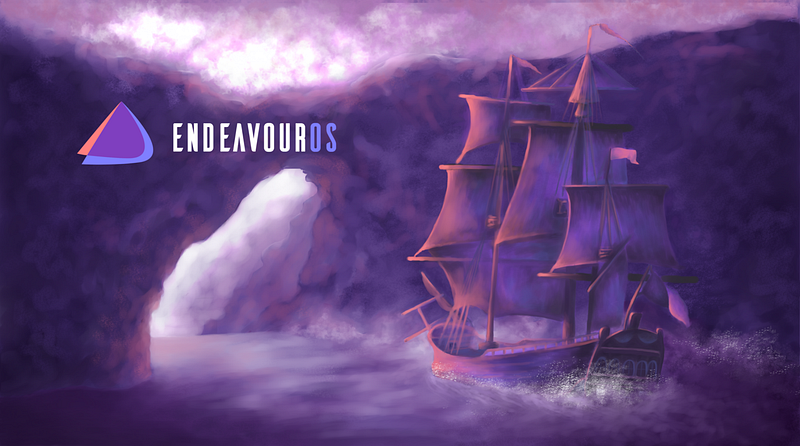
In the beginning, the project was leaning heavily on Fernando code-wise. Now, we’re coming to a point that we’re beginning to divide tasks better in that area. But, development-wise, Fernando, Manuel, and Joe are the super heroes of Endeavour OS. I am Lois Lane…but, I’m getting there. I just finished a Python course and I also want to get into C++.”
How did Endeavour OS come to be? What are some similarities and differences between Endeavour OS and the old Antergos project?
“In the last months of Antergos, the distro was in a poor state. Repo packages weren’t up-to-date, the installer was plagued by errors, and the community became more and more upset, especially since the devs didn’t communicate at all.
It was during that time that Manuel was offering the community some workarounds with scripts he developed to get Antergos up and running again. By that time, Fernando had already developed an offline distro based on Antergos, which shipped an Xfce desktop with just the necessary tools, called Portergos. There were Antergos community members who guided new users to his project.
When Antergos officially announced their end, I thought that it would be a complete waste to let the wonderful community they had die out. So, I asked if the community was interested in moving the forum and keeping the community intact.
The community reacted very enthusiastically, but I was a bit worred because I had no plan or vision for this project. Joe was the first one who joined and we talked about how we were going to execute this. I think it was two days later when Fernando and Manuel offered to join us and, suddenly, I saw the doors opening wide for the project.
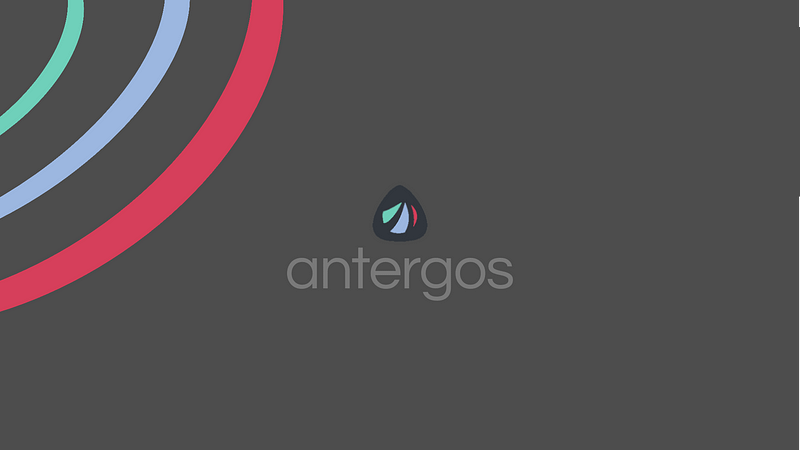
To tackle the problems that the former Antergos developers encountered, we decided in a very early stage to make the distro as light as possible, but with some of the conveniences that Antergos offered, just to keep the project manageable and balanced with our regular lives.
We discussed this with the community, and together, we picked out the base features for Endeavour OS. The pland to make the distro more terminal-centric from the start by dropping Pamac didn’t go without disagreements in the team as well as the community. This is a major difference between Antergos and us — we force the user to use the terminal from the start, but we do have tools to to guide them to the basic commands and an incredible community dedicated to helping them.”
Are there any Endeavour-specific features that you think sets it apart from other distributions? Is there a particular “target audience” that Endeavour OS is trying to reach?
“This is a hard one. Endeavour OS wasn’t created for the sake of creating a distro, it was developed with the existing Antergos community in mind. Antergos gave us a lot of wonderful things, but for us as developers, we also saw the importance of communication with the community.
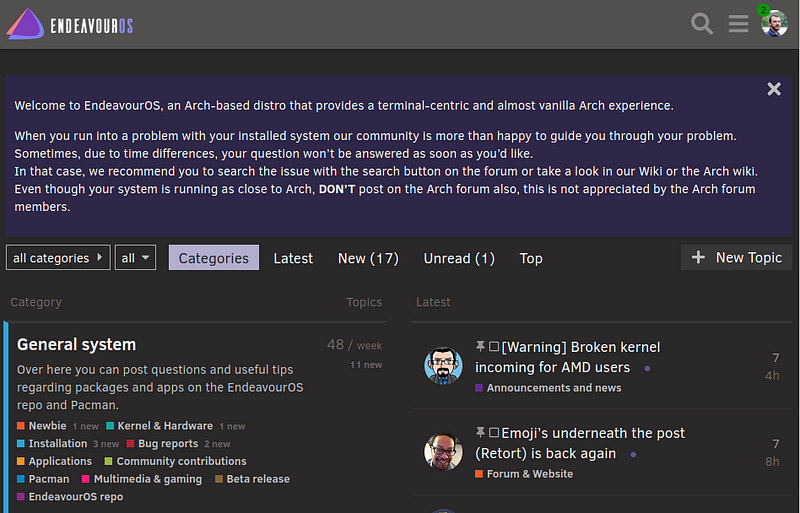
It’s the community that makes or breaks a distro, not the other way around. Therefore, we have a very open and transparent line of communication with t he community and we try to give them the feeling that they are a key part of the distro. That, I think, is what sets us apart.
And, anyone is welcome who is willing to dive into the wonderful opportunities that Linux can provide.”
What is your absolute favorite part about working on a project like Endeavour OS?
The interaction with the community. As I said before, they are our key ingredient.”
Is there anything exciting planned for the future of Endeavour OS, without giving too much away?
“We’re planning our next release on July 15th, our first birthday so…”
Do you have any major goals that you would love to achieve in the near future related to your involvement with the Linux community?
“I would love to work on a local project to help underprivileged kids by giving them an opportunity to develop their talents and, by doing that, boosting their self-confidence. It doesn’t matter if they eventually will be the next cook, dancer, programmer, fashion designer, or singer. The most important foal is to learn and let them realize that they also have the opportunities to reach their goals.”
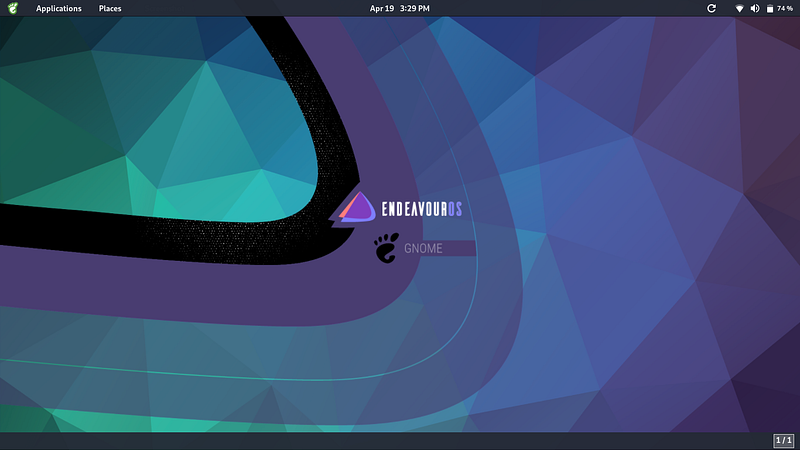
I just want to wholeheartedly say thank you to Bryan for taking time out of his extremely busy schedule to prepare an interview with Linux++. Endeavour OS is an amazing project and I can’t wait to see where they take it in the future. Moreover, Bryan is incredibly kind and engaging, something that was evident from the very start of my conversation with him. I wish nothing but the utmost success to Bryan and all of those over at Endeavour. Keep up the incredible work!
If you would like to follow along with Bryan and the Endeavour OS team, you can find them on Twitter, Telegram, and their official forums here.
Linux Desktop Setup of the Week
This week’s selection was presented by u/thunderthief5 in the post titled [Pantheon] Eye of the Tiger. Here is the screenshot that they posted:
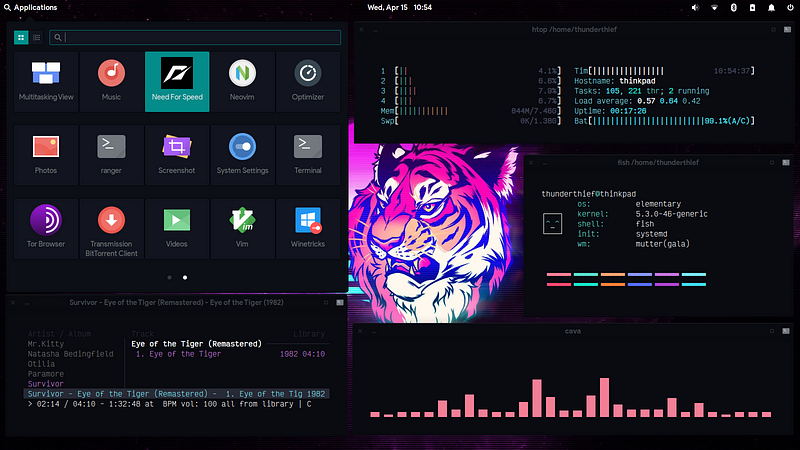
And here are the system details:
OS: elementary OS 5.1
DE: Pantheon
Theme: Juno
Icons: Tela
Wallpaper: Tiger Minimalist
Thanks, u/thunderthief5, for an awesomely themed and unique Pantheon desktop!
If you would like to browse, discover, and comment on some interesting, unique, and just plain awesome Linux desktop customization, check out r/unixporn on Reddit!
See You Next Week!

I hope you enjoyed reading about the on-goings of the Linux community this week. Feel free to start up a lengthy discussion, give me some feedback on what you like about Linux++ and what doesn’t work so well, or just say hello in the comments below.
In addition, you can follow the Linux++ account on Twitter at @linux_plus_plus, join us on Telegram here, or send email to linuxplusplus@protonmail.com if you have any news or feedback that you would like to share with me.
Thanks so much for reading, have a wonderful week, and long live GNU/Linux!

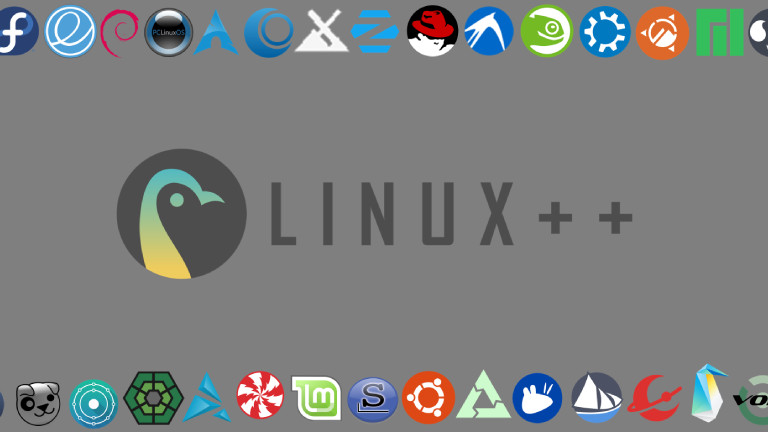
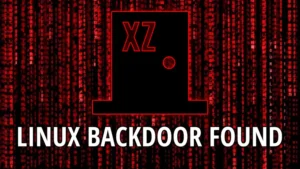
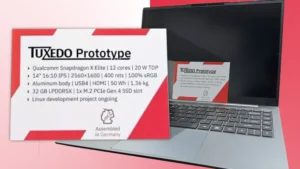


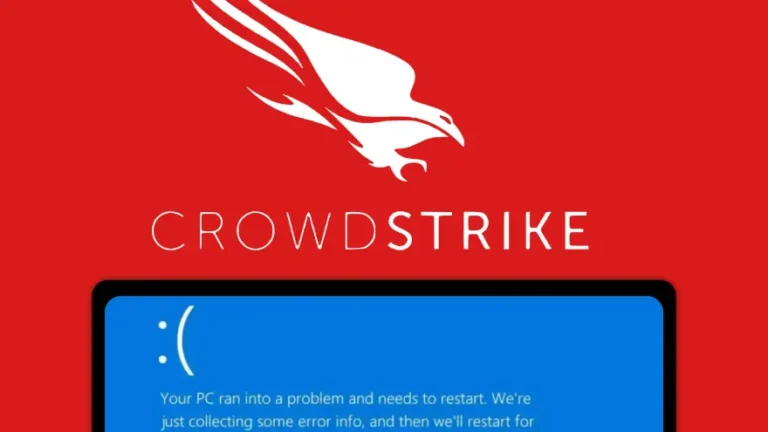
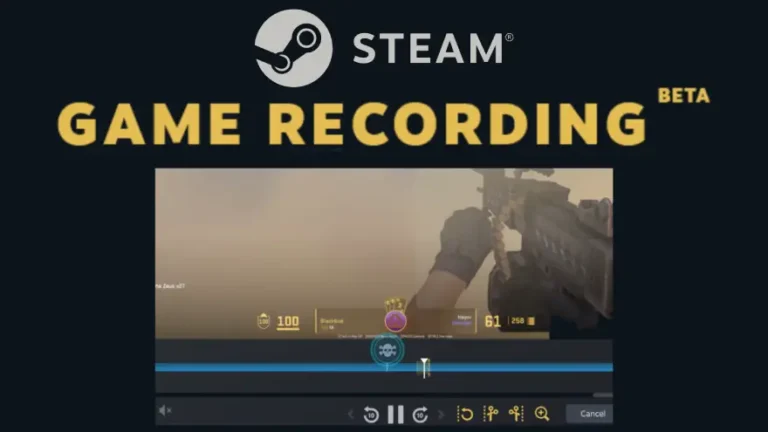
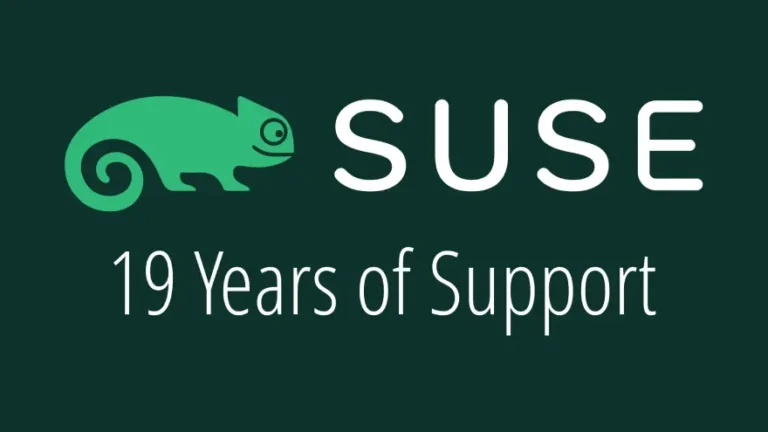
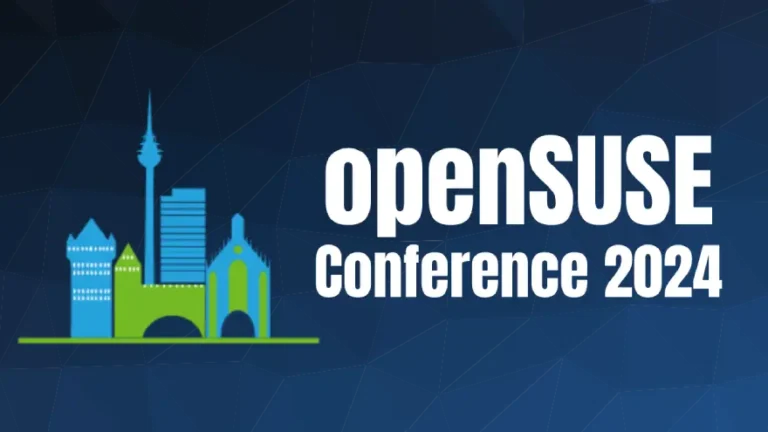
Fantastic article and I enjoyed the interview with @Bryanpwo a lot.
I like the new Front Page and am happy that you moved it from Medium to a more accessible platform. Thank you for the great articles! Stay healthy and safe!
Thanks @vinylninja! Really appreciate you always giving me feedback and encouragement, it means a lot! I too am so happy to be a part of DLN and FPL and that the switch allows it to be hosted more along the lines with my personal ideals It really was the perfect storm!
It really was the perfect storm!
Thank you for reading and stay healthy and safe out there yourself!
Join the discussion at forum.tuxdigital.com